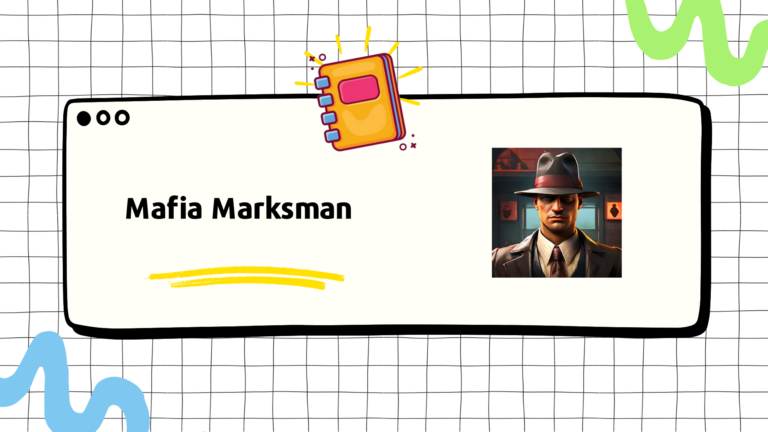I conceived the idea for Slice Disc by analyzing market trends. First-person slicing games were gaining traction in the hyper-casual market. From my past projects, I knew slicing mechanics using a third-party asset could yield interesting numbers, especially in terms of CPI (Cost Per Install). To add depth to the gameplay, I decided to incorporate a bouncing disc mechanic, where the disc bounces off different planes.
Initial Development
For the slicing mechanic, I used a third-party asset to speed up development. It employed a raycast-based detection system, which was more reliable than colliders at high speeds. To create the player’s path, I used a third-party spline package.
The initial results were promising. Both CPI and in-game metrics looked good, making the project worth another iteration. After consulting with the PM, we decided to refine the game further.
Creating a Custom Path System
However, the third-party spline package proved cumbersome and lacked customization, especially since we aimed to create 30+ levels. I developed a custom path module with my own spline system. This system used simple Unity gizmos for setup and automatically stitched paths when level parts were placed under a parent path GameObject. This allowed me to delegate level preparation to artists, significantly speeding up the process.
Enhanced Gameplay and Optimization
The updated version showed further improvements in CPI and in-game metrics. We introduced different enemy types with unique behaviors to keep the gameplay engaging, added world prefabs, various enemy assets, and a customization shop. However, this led to increased loading times. In Unity, referencing objects in a scene causes them to be loaded into memory, and my initial approach required referencing everything to generate world assets on top of a base level structure.
To address this, I implemented addressables and used soft referencing. This reduced loading times and ensured scalability as more worlds were added.
I also integrated an intuitive way of onboarding which was the winning variant in AB testing. Learn more about that here
Final Outcomes and Learnings
We conducted A/B tests to improve LTV (Lifetime Value), which yielded mixed results. The game achieved 1 million downloads on Android but didn’t scale further as CPI increased, leading to an unfavorable CPI to LTV ratio.
In summary, Slice Disc went through significant iterations to optimize performance and enhance gameplay, ultimately achieving initial success but facing challenges in scaling due to increasing CPI.





